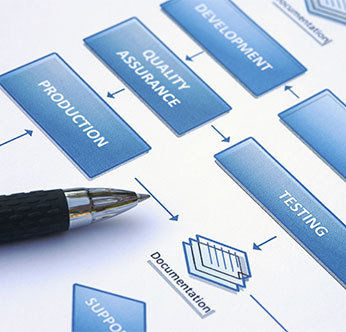The Industrial Internet Reference Architecture
The Industrial Internet Reference Architecture v 1.9
- IIRA FAQ
- IIRA

A Common IoT Framework
The IIRA addresses the need for a common architecture framework to develop interoperable IIoT systems for diverse applications across a broad spectrum of industrial verticals in the public and private sectors to achieve the true promise of IIoT.
The authors, editors and contributors to the IIRA are members of the Industry IoT Consortium Architecture Task Group, under the Technology Working Group. Its participants represent a broad spectrum of the Industry IoT Consortium membership including systems and software architects, business experts, security experts, and participants from many of the other Industry IoT Consortium Working and Task Groups.
Iira V1.9 Updates
This new version of the IIRA provides standard vocabulary definitions for the viewpoints and functional domains, and describes roles for human users. The IIC IIRA V1.9 also includes information about wireless communications for industrial automation systems. Some examples of functional components that rely upon low latency, reliable wireless communications are robots on the manufacturing floor and control units in electric power plants, wind turbines and autonomous vehicles.
For more details on the IIRA such as its importance, value, and how the IIRA promotes interoperability within the IIoT, please see the Frequently Asked Questions (FAQ).
This update to the IIRA builds upon the large time investment made by numerous IIC members and organizations to produce the first release of the IIRA. In particular, we would like to thank the following authors and contributors to the IIRA including this new release:
- Sam Bhattarai, Toshiba
- Graham Bleakley, IBM
- Marcellus Buchheit, Wibu-Systems
- Chuck Byers, IIC
- Amine Chigani, GE Digital
- Mark Crawford, SAP SE
- Jacques Durand, Fujitsu North America, Inc.
- Anish Karmarkar, Oracle Corporation
- Jean-Pierre LeBlanc, Lynx Software Technologies
- Shi-Wan Lin, Thingswise, LLC
- Robert Martin, The MITRE Corporation
- Bradford Miller, GE Global Research
- Brett Murphy, Real-Time Innovations (RTI)
- Sven Schrecker, LHP Engineering Solutions
- Eric Simmon, NIST
- Daniel Young, Toshiba